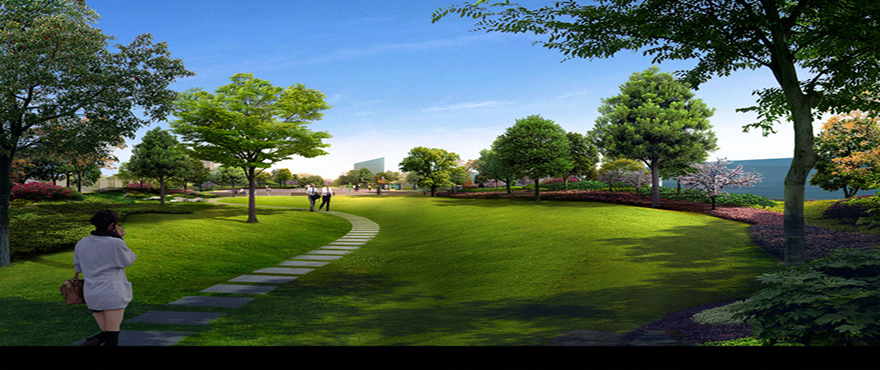1. Fibers and spinning 1. Collection of textile fibers
D is the abbreviation of DENIER (denier). It is a method of expressing the fineness of chemical fibers. It refers to the weight in grams of 9000-meter-long silk at a given moisture regain, also called denier. The larger the D, the thicker the yarn. Eg: 75D is thicker than 50D.
S is an abbreviation for British branch. It is used to express the fineness of pure cotton yarn. It refers to the number of 840 yards (1 yard = 0.9144 meters) of a pound of cotton (454 grams). That is, there are several 840 yards , Just a few counts, so the larger the S, the thinner the yarn. Eg: 32S is thinner than 21S.
Textile fibre
★ (1) Natural fibre
â— Plant fiber
â—‹ Seed fibre: cotton: mainly upland cotton and sea island cotton, which are the main natural fibers.
Kapok
â—‹ Bast fiber: Flax: Flax fiber of annual or perennial plant of flax.
Hemp Hemp, Ramie (China grass): The stem bark of the perennial plant of the ramie family Ramie.
Jute: The stem bark fiber of the annual herbaceous plant of the field jute.
â—‹ leaf fibre: sisal (sisal hemp), abaca (Manila hemp)
â—‹ fruit fibre (fruit fibre): coconut fibre (coconut fibre)
â— Animal fibre (hair): Wool (wool): mainly refers to sheep wool, which is a protein short fiber.
Rabbit hair: mainly protein short fibers produced by Angola rabbits and rabbits.
Camel hair: The fibers are thicker and are mainly used for industrial textiles.
Secretions: Tussah silk (tussah silk): wild silk, filaments spit out from silkworms that feed on tussah silk.
Mulberry silk (mulberry silk): The silk of the family, the filaments spit out from silkworms that feed on mulberry leaves.
â— Mineral fiber (mineral fiber): asbestos (asbestos fiber)
★ (2) Man-made fibre
â—‹ Inorganic fiber: metal fiber, glass fiber, rock fiber slag fiber, etc.
(inorganic fiber: metal fiber, stone fiber, glass fiber, slag fiber, Etc.)
â—‹ Recycled fiber: Viscose fiber: viscose fibre, vicose rayon, viscose spinning regenerated cellulose fiber.
Copper ammonia fiber: cuprammouium rayon, cellulose fiber regenerated by the copper ammonia method.
Acetate fiber: acetate fibre, a derivative of cellulose fiber, belonging to a semi-synthetic fiber rich fiber: polynosic, also known as "tiger cotton", a variety of viscose fiber.
â—‹ Cellulose ester fiber: diacetate fiber, triacetate fiber
(Cellulose acetate-fiber: two-acetate fiber, three-acetate fiber)
â—‹ Artificial protein fiber: casein fiber, corn protein fiber, soy protein fiber, etc.
(corn protein fiber, pea protein fiber)
★ (3) Synthetic fiber (synthetic fibre) OR (chemical fiber)
â— Polyester fiber (polydimethyl terephthalate): polyester (PET) is indicated by T.
(polyethylene terephthalate: polyester)
â— Polyamide fiber: Nylon (PA) is represented by N. Also called nylon, nylon.
(polyamide, Nylon)
â— Polyacrylonitrile fiber: Acrylic fiber (PVN) is denoted by A, which is called "Aolu" abroad.
(polyacrylonitrile, Acrylic)
â— Polyolefin fiber: polypropylene (PP)
(Isotactic polypropylene)
â— Polyurethane fiber: Spandex (OP)
(polyruethane elastomeric fiber; spandex)
â— Polyvinyl acetal fiber: vinylon (PVA) V
(vinylon)
â— Polyvinyl chloride: Chlorine (PVC)
(chlorofibre, polyvinyl chloride fibre)
â— Other fibers: aramid, ethylene, etc.
Attachment: varieties of polyester filament
Raw silk:
Undrawn yarn (conventional spinning) UDY
Semi-pre-oriented yarn (medium speed spinning) MOY
Pre-oriented yarn (high-speed spinning) POY
Highly oriented yarn (ultra high speed spinning) HOY
Stretching wire:
Stretching wire (low speed drawing wire) DY
Fully drawn yarn (one-step spinning and drawing method) FDY
Full silk take (one-step spinning method) FOY
Deformed wire:
Conventional textured yarn (DY)
Stretched textured wire (DTY)
Air textured wire (ATY)
Second, the nature and characteristics of textile fibers
1. Hygroscopicity of fibers Hygroscopicity of textile fibers placed in the air will continuously exchange moisture with the air, that is, textile fibers continuously absorb moisture in the air, and at the same time continuously release moisture into the air. The performance of textile fibers in absorbing or releasing water vapor is called fiber hygroscopicity.
The hygroscopicity of textile fibers is one of the important physical properties of textile fibers. The degree of hygroscopicity of textile fibers has a certain impact on the morphological size, weight, physical and mechanical properties of textile fibers, and thus also affects their processing and performance. The moisture absorption capacity of textile fibers also directly affects the comfort of wearing fabrics. Fibers with high moisture absorption capacity can easily absorb sweat discharged from the human body, regulate body temperature, and relieve the feeling of dampness, thereby making people feel comfortable. Therefore, we must pay attention to the hygroscopic properties of fibers in commercial trade, fiber performance testing, textile processing and textile selection.
Among the common textile fibers, wool, hemp, viscose fiber, silk, cotton, etc. have strong hygroscopicity, and synthetic fibers generally have poor hygroscopicity. Among them, vinylon and nylon have slightly better hygroscopicity, acrylic fiber is worse, polyester is worse , Polypropylene and Chlorine are hardly hygroscopic.
At present, synthetic fibers with poor hygroscopicity are often blended with natural fibers or viscose fibers with high hygroscopicity to improve the hygroscopicity of fabrics.
In the hygroscopic performance of fibers, in addition to the hygroscopicity, the water absorption of the fiber material is also closely related to the wearing comfort of wearing fabrics. The fiber's water absorption refers to the fiber's ability to absorb liquid water. The water vapor and sweat generated by people during activities are mainly leading the material's moisture absorption and water absorption properties, and absorb and radiate outward, thereby making people feel comfortable.

Your outdoor synthetic turf solution for commercial development.
Our rich, green commercial artificial grass series of synthetic turf is the most attractive way to reduce landscape development costs and maintenance. The Commercial Artificial Grass Series is an economical and high-quality synthetic outdoor turf grass system, created with the commercial developer in mind. Unlike Residential Artificial Grass, the Commercial Series of commercial artificial grass landscaping is designed and manufactured for large scale, commercial fake grass projects only.
Commercial Artificial Grass,Artificial Grass Carpet,Residential Artificial Grass For Sale,Garden Artificial Grass
JIANGSU WMGRASS CO., LTD. , https://www.wmgrassturf.com